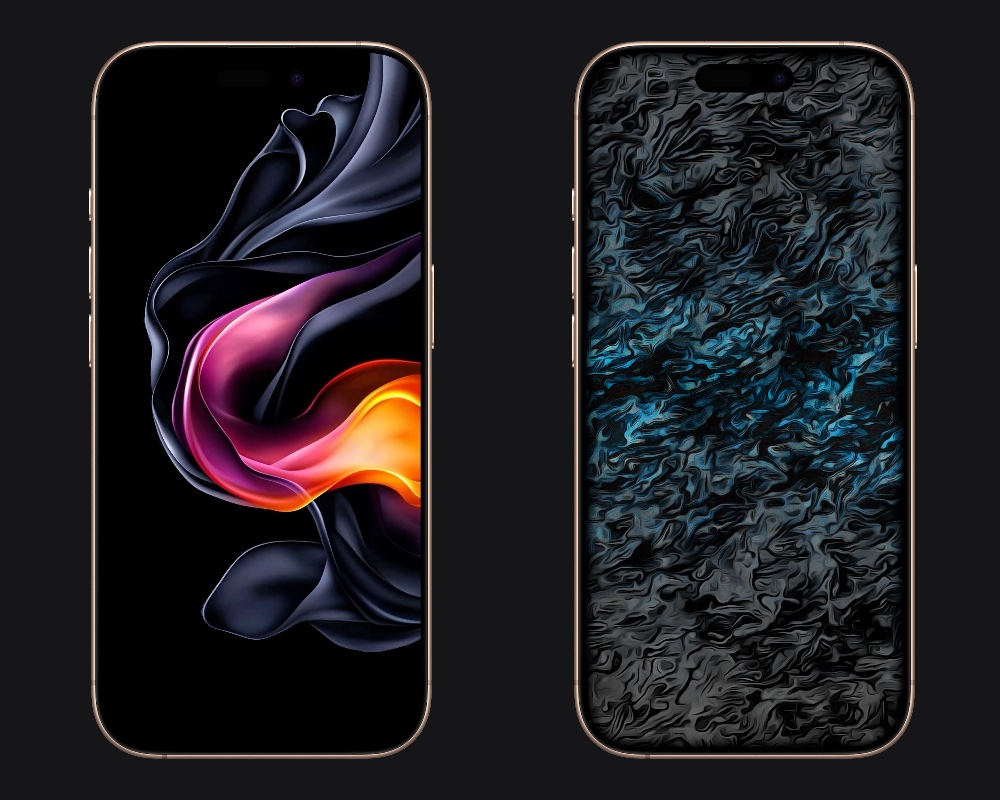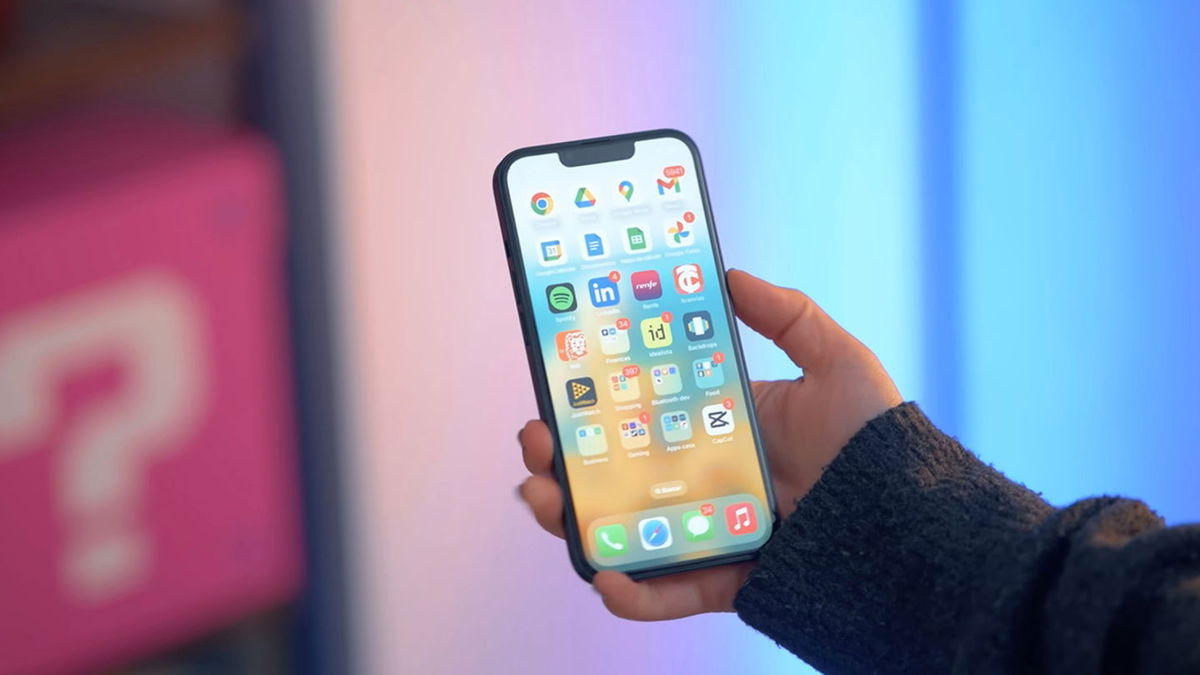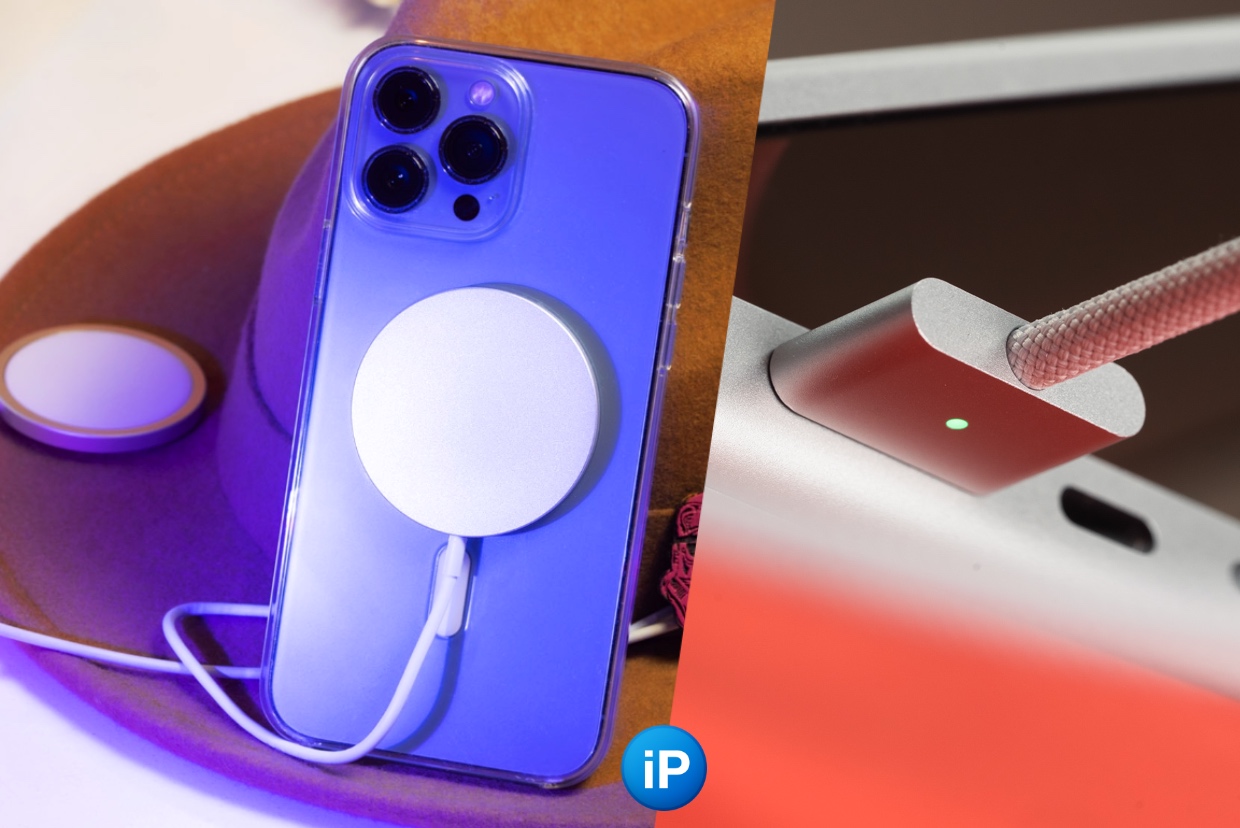All new MacBooks and iPhones can be charged in two ways: via USB-C and the company’s pre-designed MagSafe port.
Moreover, MagSafe on computers and smartphones, despite the name, is completely different. In the first case, it is connected through contacts, and in the second there is a wireless power coil. They are united only by the presence of magnets and the philosophy of instant connection.
But, of course, in the 4 years since the release of MagSafe for the iPhone, imitators, official partners, and, as a direct alternative, the now independent Qi2 wireless charging standard created with the help of Apple have appeared.
Thus, we strive to reduce the branding of the technological problem it created, which we will now deal with.
First, I’ll quickly break down what MagSafe for Mac is, and then we’ll move on to the different MagSafe chargers for iPhone to finally understand them.
MagSafe for Mac has only changed its form
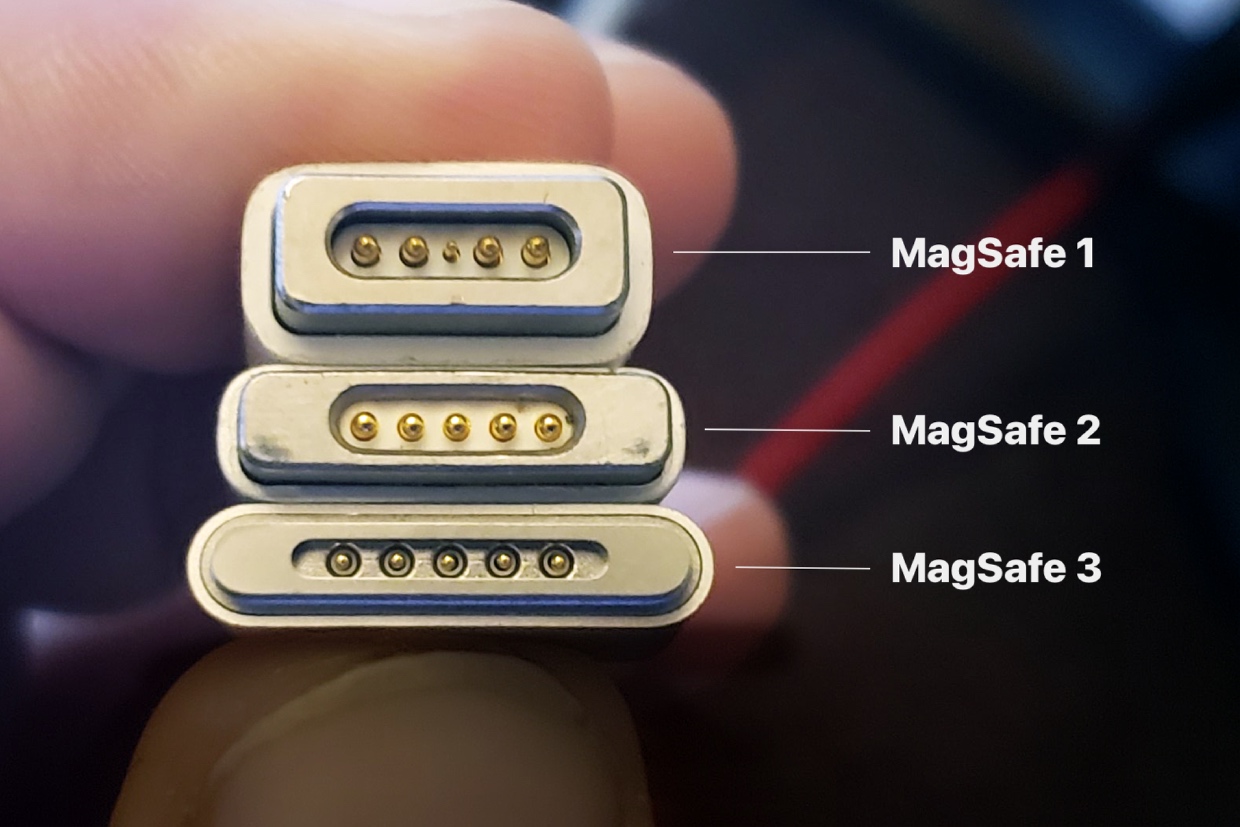
MagSafe for MacBook is a fairly simple standard. This is a symmetrical port with five connectors, which is attached to the case using magnets.
The company officially divides the port’s iterations into three generations, with the first existing in two forms. Each generation is almost always compatible with other MacBook models during its production period.
All MagSafe for Macs consist of five connectors, but differ in size and placement from each other in each version.
MagSafe 1 in T-format Introduced in 2006 with the first Intel-based MacBook Pro. The central connector was smaller than the other four, and the port itself looks quite thick and narrow.
MagSafe 1 in L-format appeared in 2008 along with the first MacBook Air out of the envelope. It differed in that the wire ran along the body, and did not stick out from the side. To achieve this, no other ports were placed on the left side for the first time.
MagSafe 2 Introduced in 2012 with the MacBook Pro Retina. It’s wider and lower to fit into the new laptop’s slim body. The connectors in it are all the same size.
MagSafe 3 First appeared in MacBook Pro on M1 Pro and M1 Max in 2021. It became even wider and thinner, and the release of the MacBook Air on the M2 began to be offered in body color. Also, unlike other options, for the first time a video cable was implemented that can be connected to the main power supply. USB-C power output delivers up to 140W of power on MacBook Pro 16.
Next, we indicate which laptops have which generation of connectors.
The three generations cannot be interchangeable, nor in form.
MagSafe 1 in T-shape
MacBook 2006-2009
MacBook Pro 2006-2009MagSafe 1 in L-shape
MacBook 2009-2010
MacBook Air 2008-2011
MacBook Pro 2010-2012MagSafe 2
MacBook Air 2012-2017
MacBook Pro 2012-2015MagSafe 3
MacBook Air from 2022
MacBook Pro from 2021.
Despite four different versions, there was not much confusion, since they were almost immediately recorded on all standard MacBook lines.
The situation with MagSafe for iPhone is simpler in the sense that the standard has not been changed for three years and is unlikely to be changed in the near future. But it’s more complicated, since in parallel with this there are many manufacturers who license, copy and invent new chargers based on MagSafe. Which is much more complex in functionality than the MacBook.
Apple’s official MagSafe does more than just charge
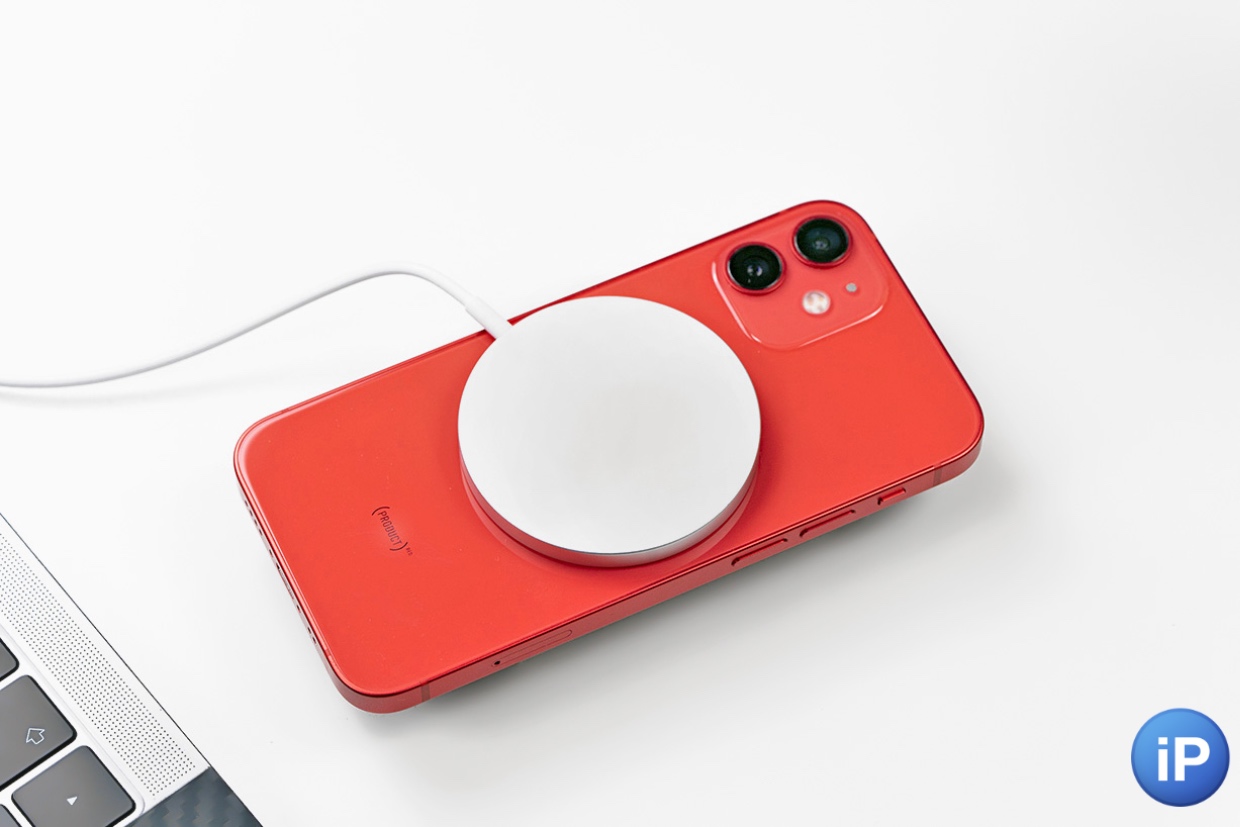
The original MagSafe charging puck from our review
MagSafe for iPhone and AirPods is a system of sensors and fixing elements that are based on an induction coil, an NFC chip and magnets that help improve the efficiency of wireless charging on the iPhone.
For work and your smartphone, these components should be stored in a charger. The smartphone also has a built-in highly sensitive magnetometer.
The maximum power standard for the iPhone is 15 W, all other wireless charging methods (except Qi2) have a power of up to 7.5 W.
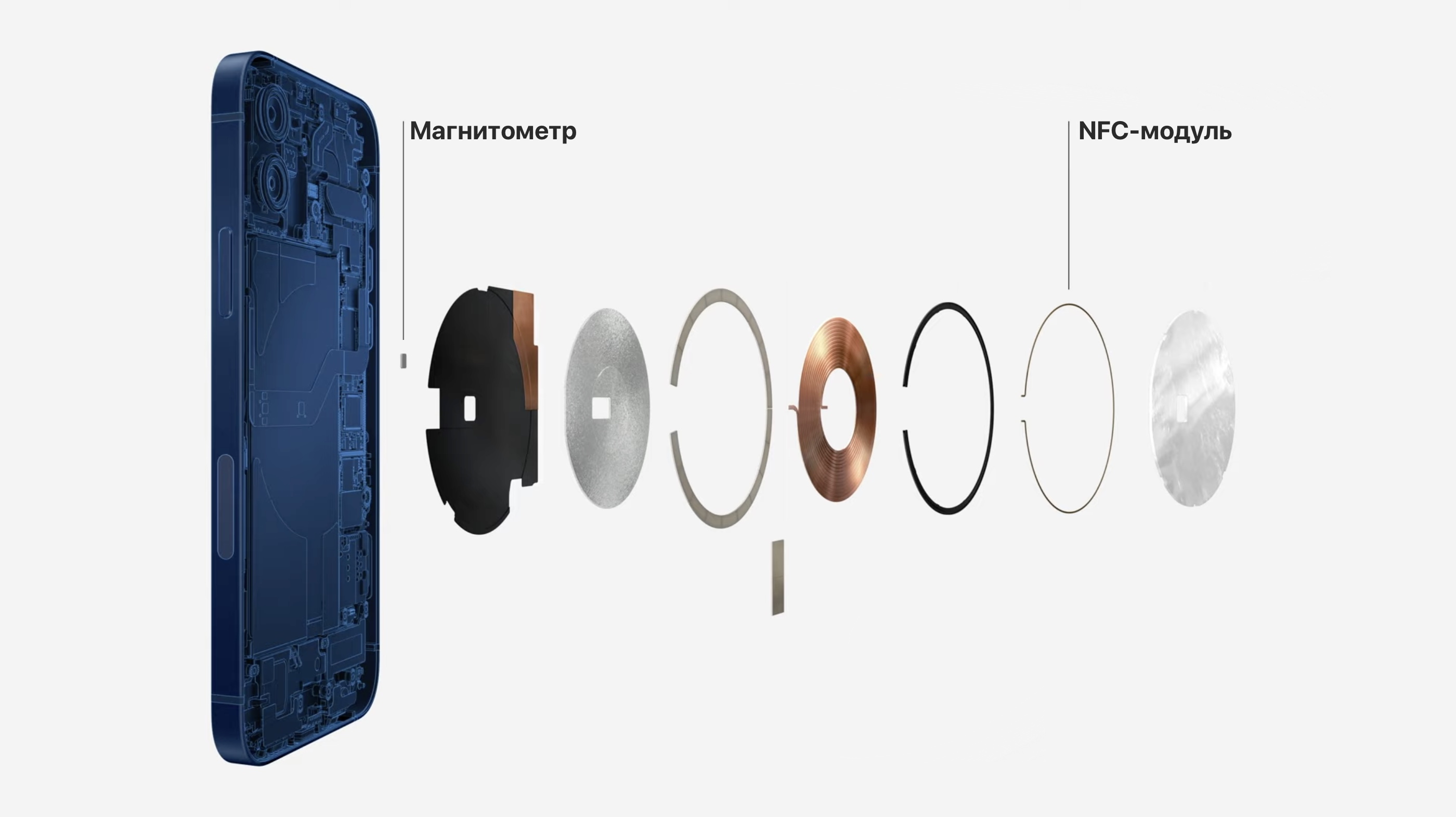
Thanks to the NFC chip, the smartphone recognizes MagSafe accessories. For example, thanks to this, the iPhone shows animation, displays the battery in the system and remembers which watch face is stored in StandBy mode on each individual charge.
How it works.You can put a calendar widget on a MagSafe-enabled power supply in the living room and family photos in the bedroom.
When you connect an iPhone to each of them, the corresponding one is automatically turned on (that is, the one you installed last).
Standby is supported on all iPhones running iOS 17 or later. NFC memory is only available in iPhones with MagSafe (numbered iPhones 12 and higher). The mode always works only in the Pro versions of iPhone 14 and iPhone 15. Instructions on how to bypass the limitation.
According to the compatibility standard of AirPods Pro 2, AirPods 3 and all iPhone numbers starting from iPhone 12, that is, the power will reach 15W.
Android smartphones and iPhone SE will be charged at up to 7.5 W.
For maximum power, a power supply of 20 W or higher is required.
MagSafe from others is strictly licensed
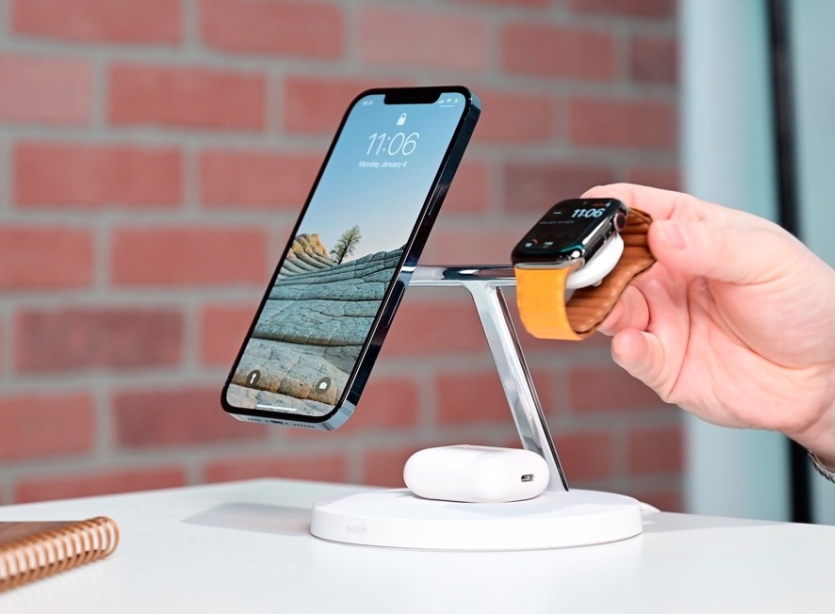
MagSafe Boost Charge Pro from Belkin for $150
All the same advantages of MagSafe apply here, only third-party manufacturers perform charging. All of them must obtain MFI (Made For iPhone) certifications and purchase internal components directly from Apple.
From a visual point of view, they could also be used on a matte white surface. Apple dropped this requirement last year.
Otherwise, the company can add functions at its discretion.
As is the case with Apple’s MagSafe devices, with standard compatibility of AirPods Pro 2, AirPods 3 and all numbered iPhones starting with iPhone 12, that is, the power will be up to 15 W.
Android smartphones and iPhone SE will be charged at up to 7.5 W.
For maximum power, a power supply of 20 W or higher is required.
They will always have the “Made for MagSafe” badge on their packaging.
Qi2 is not a direct analogue of MagSafe. It’s worse, but cheaper

ESR Qi2 car charger for $36. An analogue from mophie on MagSafe costs $80
The new Qi2 wireless charging standard uses Apple’s design with permission.
At the same time, you should not count on licensing the method and buying components from Cupertino manufacturers, because such devices, according to theory, should be cheaper and also compatible with Android smartphones.
The limit is similar in design and efficiency to MagSafe: also a pancake with magnets and a smart energy supply system with a peak power of 15 W.
Compared to the new first-generation Qi standard, the new one is more energy efficient, delivers twice the power, and communicates with the shift to improved performance.
Most Android smartphones already support 15 W, but not all first-generation Qi chargers are capable of delivering such power. This is now a mandatory peak limit.
And this applies to the iPhone. For applicable models, the restriction on charging power up to 7.5 W and power up to 15 W is lifted.
Qi2 does not support NFC chips, so the iPhone will not help you decide which watch face to turn on in Standby mode on a specific charger.
Power up to 15V and magnetic support in Qi2 are compatible with Android smartphones, as well as registered iPhones, starting with iPhone 13 and later.
Up to 7.5W power and magnetic support are available for the iPhone 12 series.
Power up to 7.5W is available for iPhone SE.
For maximum power, a power supply of 20 W or higher is required.
Copies are below, and fakes are directly deceiving
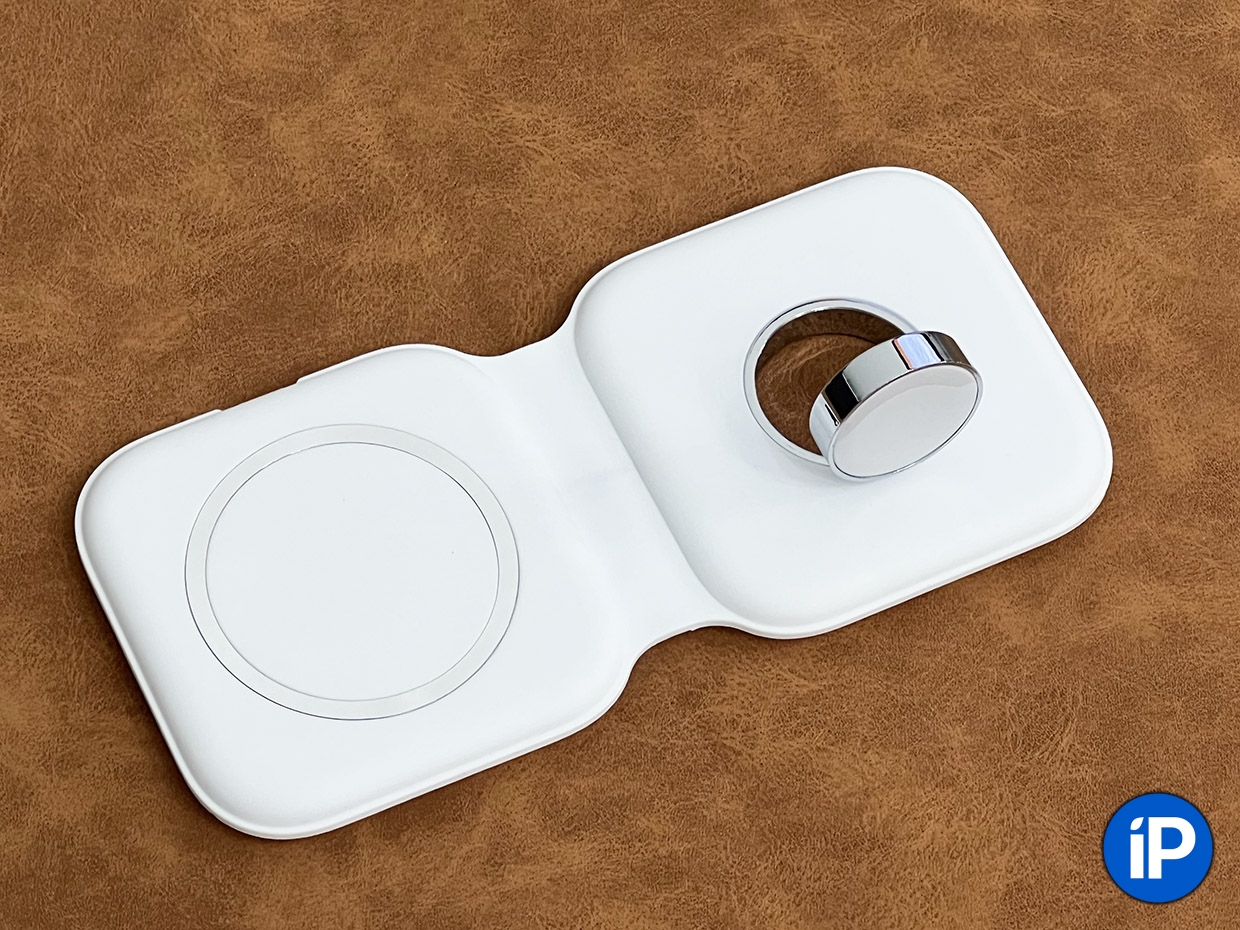
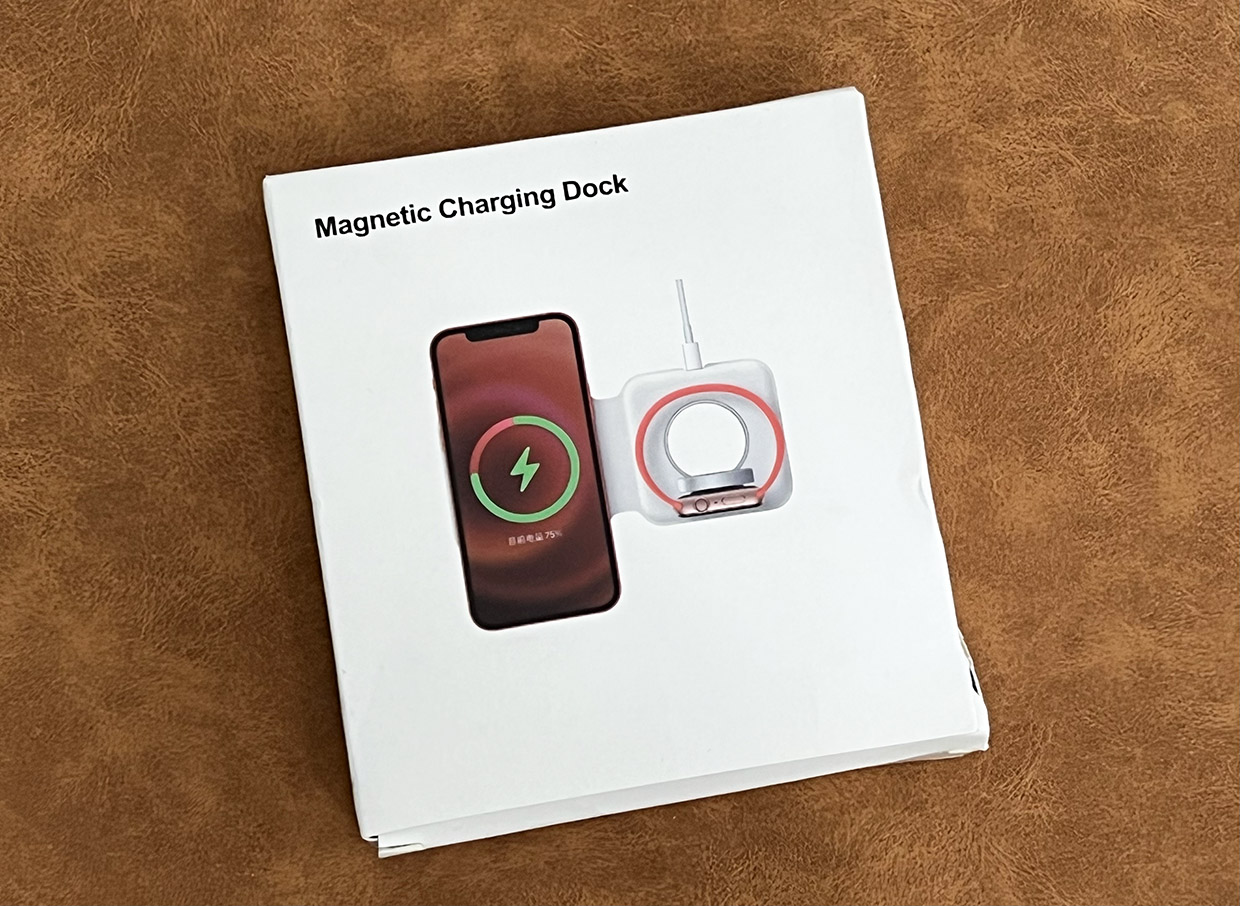
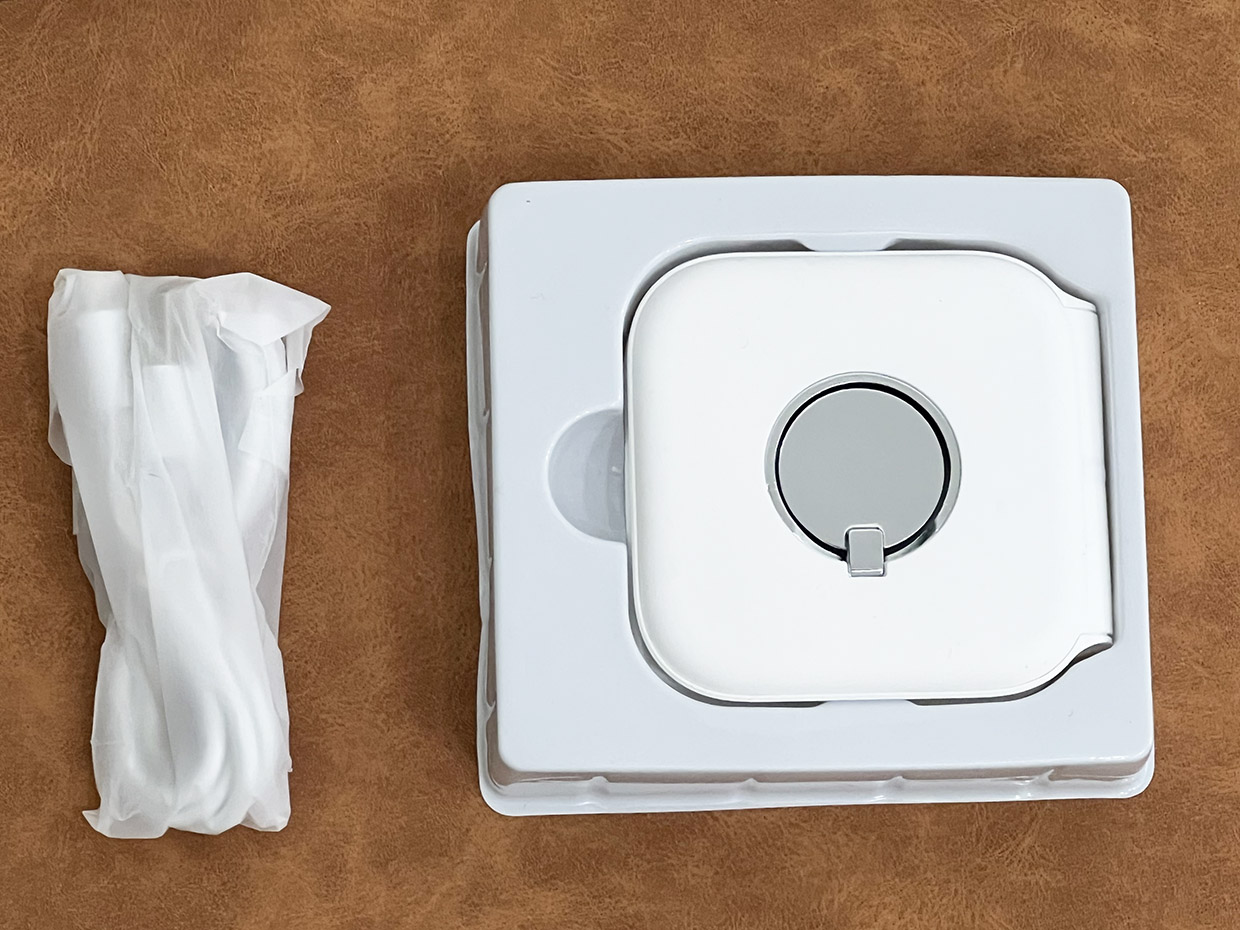
There can be two types.
Copies simply look like MagSafe, but this is usually not stated directly, and no one promises full functionality. The box indicates a “magnetic charger” for iPhone, which produces a power of no more than 7.5 W; you cannot charge from a Mac or PC port; there is no NFC support. Usually they cost up to 1000 rubles, just regular magnetic wireless charging, like this one or this one.
Sometimes these are labeled as “MagSafe Compatible” or “MagSafe Compatible,” which simply means there are magnets in this perfectly ordinary wireless charger.
Things are worse with fakes.
There they will tell you 15 W on your iPhone and brazenly slap the letters “MagSafe” on the box. Sometimes it will be like this, sometimes it won’t. Most likely no. The magnets will be weak. At most, they will add an NFC chip so that there is beautiful animation on the iPhone. Of course, we didn’t buy any such certificates from Apple. If you find a really working fake with all the features cheaper than the original, hold on to it and don’t let go.
In both cases, you will not find the main thing – the identification mark “Made for MagSafe”
The difference between magnetic chargers for iPhone is visible
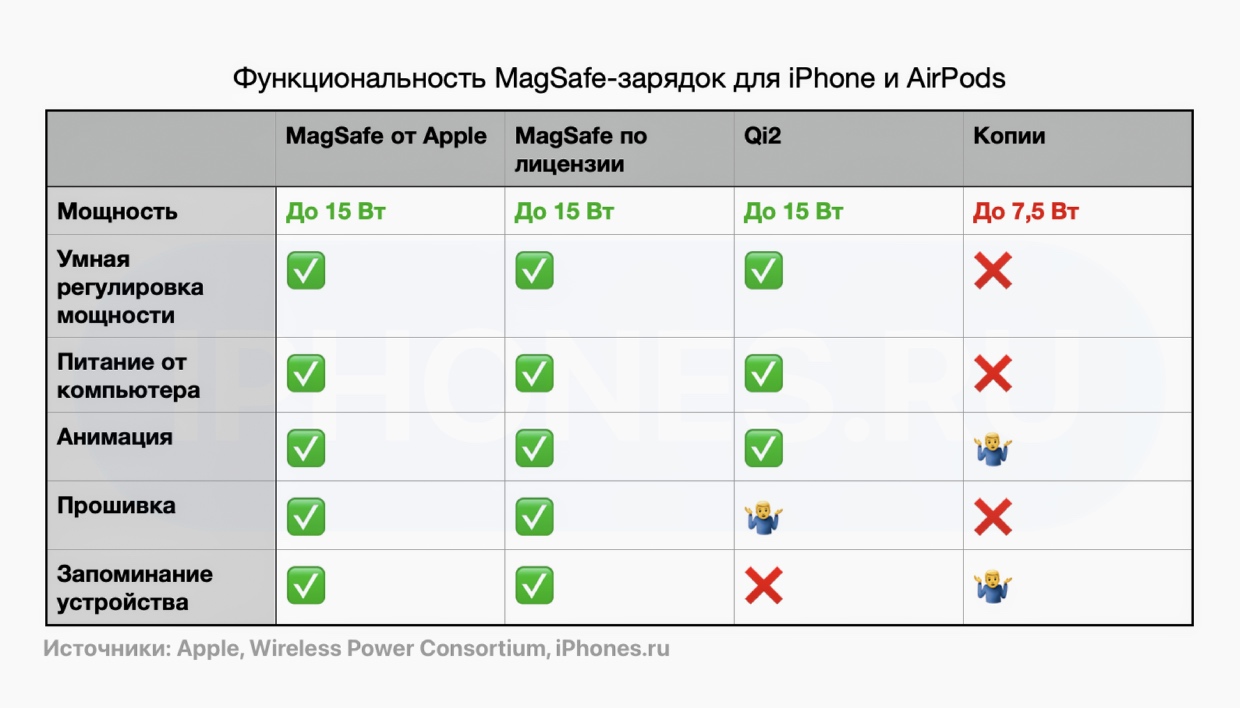
In short, the comparison looks something like this.
MagSafe power of up to 15W allows the smartphone to register stations to which it automatically switches, changes the stream when necessary, shows animated movements, receives firmware, and can charge without a power supply directly from the Mac (at no less speed).
Qi2-based chargers are cheaper and do almost the same thing. The only exception is that the iPhone does not remember them, and there is also no information about whether firmware will arrive on them. Probability, no.
Copies and fakes are unpredictable, depending on your luck. Almost all of them will produce 7.5W of power at the top, as it is regulated on the iPhone side after it verifies the connected device. One device may have NFC and be remembered by the smartphone, others may not. The same goes for animations.

The “Made For MagSafe” logo will be an identification mark in any case, but not all originals have it. Carefully look at the specifications before purchasing
And it’s worth considering that cheap versions definitely don’t know how to change the voltage and severe overheating of the liver.
Therefore, when choosing the original MagSafe, be guided by the fact that in addition to the power of 15 W and the “MagSafe” inscription, compliance with the iPhone is clearly indicated. These chargers won’t be cheap; they cost at least $30.
Analogues and copies costing 1000 rubles will definitely not provide high speed.
Well, if the box says “Qi2”, then rest assured, the power speed from iPhone 13 and newer will be the same as on MagSafe. There are only a few of them now, but soon there will be more to choose from. People come in.
Source: Iphones RU
I am a professional journalist and content creator with extensive experience writing for news websites. I currently work as an author at Gadget Onus, where I specialize in covering hot news topics. My written pieces have been published on some of the biggest media outlets around the world, including The Guardian and BBC News.



